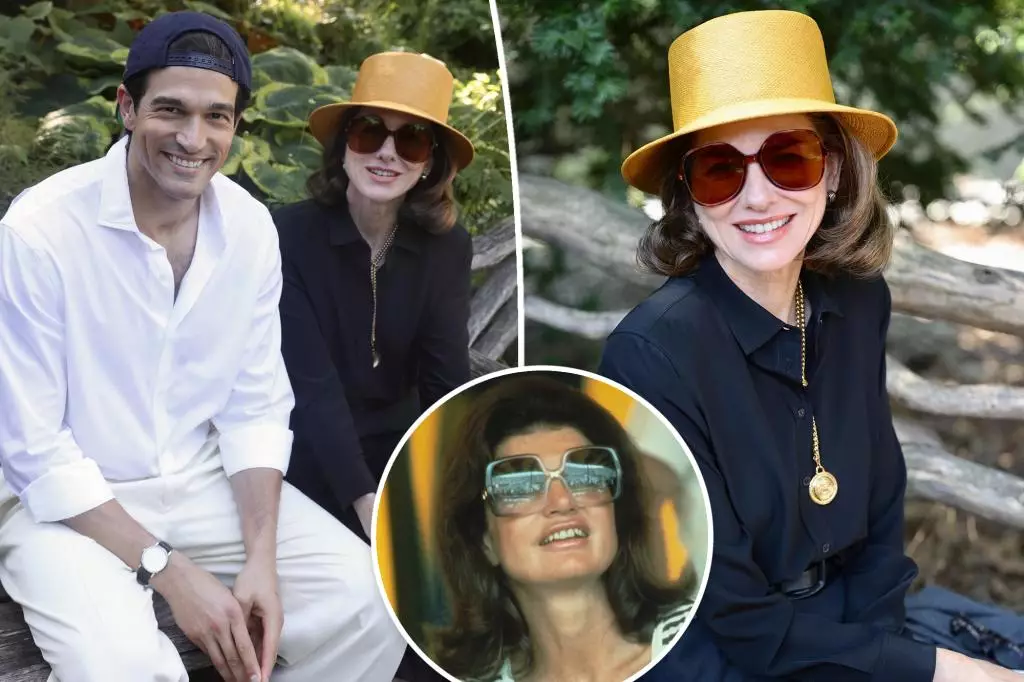The recent portrayal of Jacqueline Kennedy Onassis by Naomi Watts exemplifies Hollywood’s daring push to reframe history through a modern lens. Watts, at 56, fully immerses herself in the legendary figure, shedding her usual platinum blonde persona for the iconic dark brown hair of the former First Lady. Such a transformation is a testament to the actor’s commitment but also highlights the industry’s relentless pursuit of authenticity. Yet, this endeavor raises questions about whether superficial resemblance suffices or if true depth is achieved in these recreations. While visual accuracy can evoke nostalgia or admiration, the real challenge lies in capturing the complex inner life of figures like Jackie Kennedy, whose influence transcended fashion and politics. The effort to bring her back to life on screen underscores an obsession with nostalgia, but also exposes the risk of reducing history to mere aesthetic representations.
Fashion and Authenticity: The Battle Between Artistic Vision and Fandom Expectations
A significant source of contention surrounds the wardrobe portrayal of Carolyn Bessette-Kennedy, a character played with palpable anticipation by Sarah Pidgeon. Fans and industry insiders alike have voiced disappointment over what they perceive as a superficial or inaccurate depiction of her personal style and hair color. Critics argue that representation matters deeply when reconstructing historical figures—fashion is not merely clothing but an extension of identity. The disparagement by stylists and fashion advocates reveals a frustrating disconnect between creative vision and the cultural significance attached to certain figures. The objections from Bessette-Kennedy’s actual hair colorist, Brad Johns, illuminate an unsettling reality: historical precision often takes a backseat to storytelling, risking the alienation of audiences eager for authenticity. While Murphy’s team claims the images are still a “work in progress,” the controversy underscores the danger of neglecting key details that define iconic personalities and the importance of respecting their true essence.
Balancing Artistic Freedom with Cultural Reverence
The show’s creative team finds itself at a crossroads, caught between the desire for artistic interpretation and the responsibility to honor the individuals it depicts. Ryan Murphy’s acknowledgment of the “work in progress” phase and his promise to involve fashion bloggers and advisory boards reflect an understanding that public scrutiny is inevitable. Yet, this approach also prompts a deeper philosophical question: how much creative license is too much? The desire to craft compelling narratives often tempts creators to exaggerate or alter details, but at what cost? These portrayals carry cultural weight, influencing public perception of historical figures. Murphy’s response indicates a recognition of this delicate balance, emphasizing that future episodes will aim for higher fidelity. Ultimately, this controversy reveals that portrayals of history are not just entertainment but serve as cultural artifacts that shape collective memory. Achieving a respectful, authentic representation requires humility and a genuine commitment to truth—qualities that remain elusive in the often commercially driven landscape of television storytelling.

